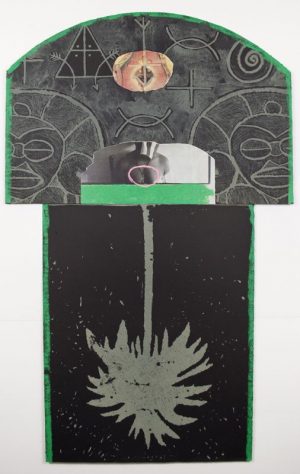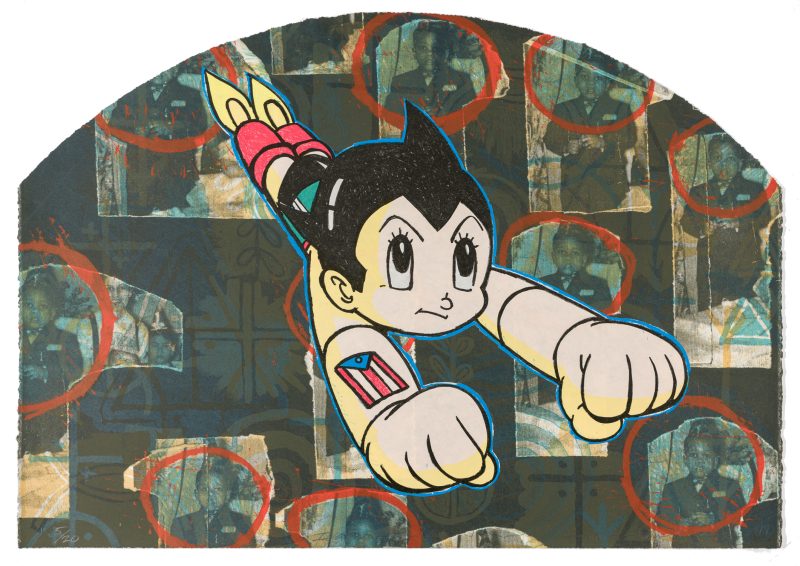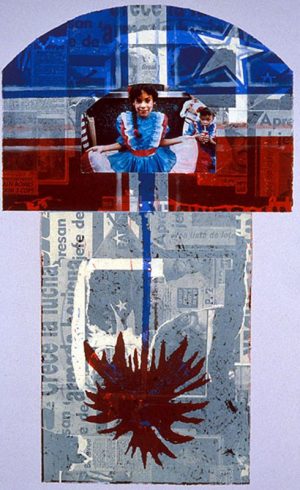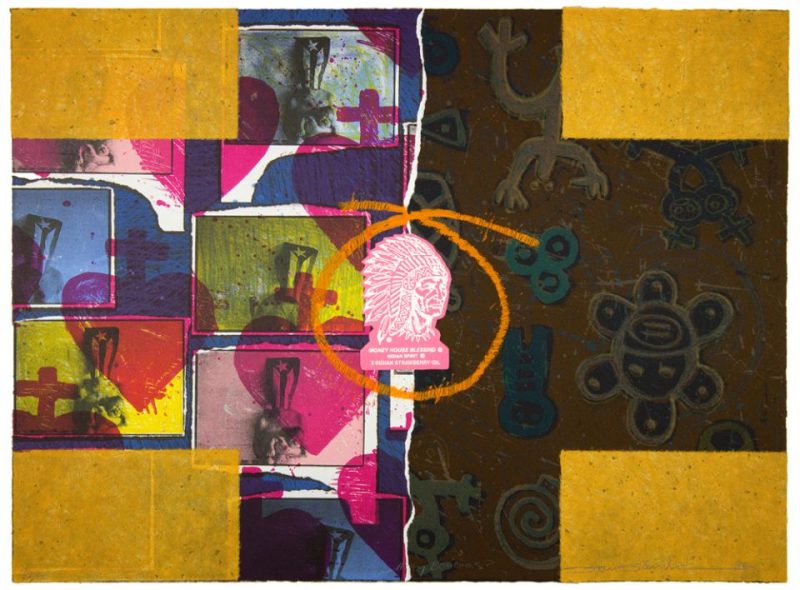-

Juan Sánchez, Afro-Taino, 1998 (98-332a)
$1,200.00 -

Juan Sánchez, I Am Ame/Rican, 1998 (98-333)
$900.00 -

Juan Sánchez, Life is a Parade, 1998 (98-332)
$1,200.00 -

Juan Sánchez, Todavia hay Boricuas?, 1992 (92-325)
$800.00 -
![Juan Sánchez, Untitled [Hay un pueblo], III, 1998 (98-334.3)](https://tamarind.unm.edu/wp-content/uploads/sanchez98-3343-2b131dfbd1-image_large-300x405.jpg)
Juan Sánchez, Untitled [Hay un pueblo], III, 1998 (98-334.3)
$900.00 -
![Juan Sánchez, Untitled [Hay un pueblo], IX, 1998 (98-334.9)](https://tamarind.unm.edu/wp-content/uploads/sanchez98334972-1202a4fec5-image_large-300x397.jpg)
Juan Sánchez, Untitled [Hay un pueblo], IX, 1998 (98-334.9)
$900.00 -
![Juan Sánchez, Untitled [Hay un pueblo], VII, 1998 (98-334.7)](https://tamarind.unm.edu/wp-content/uploads/sanchez98334772-e52f871efd-image_large-300x394.jpg)
Juan Sánchez, Untitled [Hay un pueblo], VII, 1998 (98-334.7)
$900.00 -
![Juan Sánchez, Untitled [Hay un pueblo], XI, 1998 (98-334.11)](https://tamarind.unm.edu/wp-content/uploads/sanchez983341172-4ae78536fe-image_large-300x397.jpg)
Juan Sánchez, Untitled [Hay un pueblo], XI, 1998 (98-334.11)
$900.00 -
![Juan Sánchez, Untitled [Hay un pueblo], XIII, 1998 (98-334.13)](https://tamarind.unm.edu/wp-content/uploads/sanchez983341372-a5e406b251-image_large-300x396.jpg)
Juan Sánchez, Untitled [Hay un pueblo], XIII, 1998 (98-334.13)
$900.00
Ame/Rican is a fun self-portrait. I am one of millions of Puerto Ricans not born on Carribean soil. Colonialism and poverty in Puerto Rico forced my parents to migrate to the United States so that colonialism dictated the paradoxical status of making me North American born. Born and still living in Brooklyn, New York, I grew up to be an ethically, socially, and politically conscious Puerto Rican. Ame/Rican points to the Afro-Puerto Rican heritage with its African Yoruba signals and emblems. The background is composed of a repeated, torn-edged photograph of an image of myself when I was four, wearing a suit, bow tie, and a cone-shaped birthday hat.
Astro Boy, a television super hero, cartoon character, and Japanese import, is at the center of the composition. By placing a Puerto Rican flag tattoo on his right arm, Juan Sánchez is Astro Boy. With sentimental humor, Ame/Rican celebrates my childhood as well as the multicultural reality of all North Americans. It also embraces the complexity of who I am today-this forty-four-year-old who still wants to be Astro Boy, fighting the evils of the universe-evils like imperialism and colonialism.
Life is a Parade is a diptych that addresses the United States’s colonial control over Puerto Rico and the Puerto Rican diasporas in the United States. The upside-down palm tree represents the island of Puerto Rico with its bloodied history and out-of-balance existence. Torn-edge newspaper clippings form a backdrop that speaks refers to the Puerto Rican Armed Clandestine Liberation movements throughout Puerto Rico and the United States. In the middle of all this, you find a color photograph, shot in a New York Puerto Rican Day parade, of a pretty, hazel-eyed girl dressed in a beautiful folkloric dance dress bearing the red, white, and blue colors of the Puerto Rican nationalist flag. The annually televised Puerto Rican Day Parade seems to camouflage the bleak reality of Puerto Ricans living under the vestiges of racism, poverty, drugs, AIDS, police brutality, incarceration, underemployment, and education with misguided indoctrination. But the beauty of that Puerto Rican child symbolizes the never-ending struggle of a people striving for dignity and self-determination. I wish for the viewer to feel through Life is a Parade the extent of my people’s anguish as well as their prevailing joys.
Afro-Taino celebrated the legacy of the African/Taino, Judeo-Christian symbols, signals, and petroglyphs rooted in Puerto Rican culture. It also points to the power of spirituality and faith. European, African, and Aboriginal elements in this print present a visual, multi-layered reference to Jehovah, the Sacred Heart of Christ, Caguana, the Taino goddess of fertility and the all-powerful African god Chango, among others. The images are both significantly rich in meaning and aesthetically attractive. I used a limited palette of a chalky brown tinted gray printed on black paper for a dramatic effect and green hand coloring as a metaphor for faith.
Putting aside the cultural, social, and political content of the works, the real challenge was to produce at Tamarind some visually engaging prints. The formal and technical achievement of these lithographs marks an equally complex and ambitious undertaking I am still very excited about.
–Juan Sánchez
